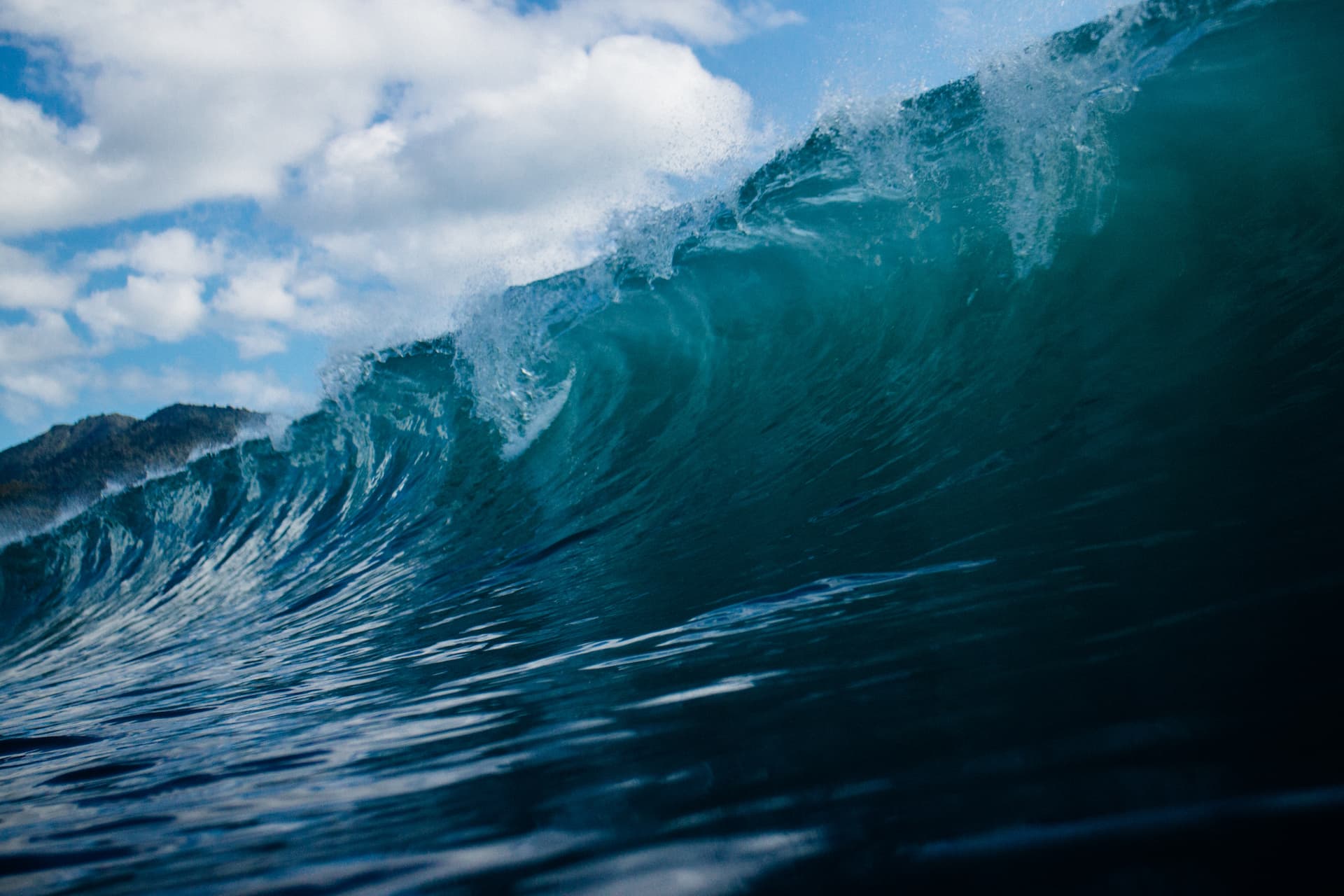Can you get a six pack from surfing?
surfing
Welcome to our comprehensive guide on surfing! We understand that surfing can be an exhilarating and challenging sport that requires practice, patience, and dedication. In this guide, we will cover everything you need to know about surfing, from the equipment you need to the techniques you can use to catch the perfect wave.
The first thing you need to know about surfing is the equipment you need. To start surfing, you will need a surfboard, a leash, and a wetsuit. Surfboards come in different shapes and sizes, and it is important to choose the right one for your skill level and the conditions you will be surfing in. A longer board is better for beginners because it is easier to paddle and catch waves.
Once you have the right equipment, the next step is to learn the techniques of surfing. The most important technique is paddling, which involves using your arms to propel yourself through the water. The key to effective paddling is to keep your arms straight and use your shoulders to generate power. Once you have caught a wave, the next technique is to pop up, which involves pushing yourself up from a lying position to a standing position on the board. The key to effective pop-ups is to push up quickly and smoothly while keeping your weight forward.
Safety is a crucial aspect of surfing that should not be overlooked. Before entering the water, it is important to check the conditions, such as the size of the waves and the strength of the current. It is also important to know your limits and not attempt to surf in conditions that are beyond your skill level. Always surf with a buddy and never surf alone. In addition, it is important to respect other surfers and the local community by following surf etiquette and respecting the environment.
In conclusion, surfing is an exciting and challenging sport that requires practice, patience, and dedication. By following the tips and techniques outlined in this guide, you can improve your surfing skills and enjoy the thrill of catching the perfect wave. Remember to always prioritize safety and respect the ocean and fellow surfers. We hope you have found this guide helpful and informative.
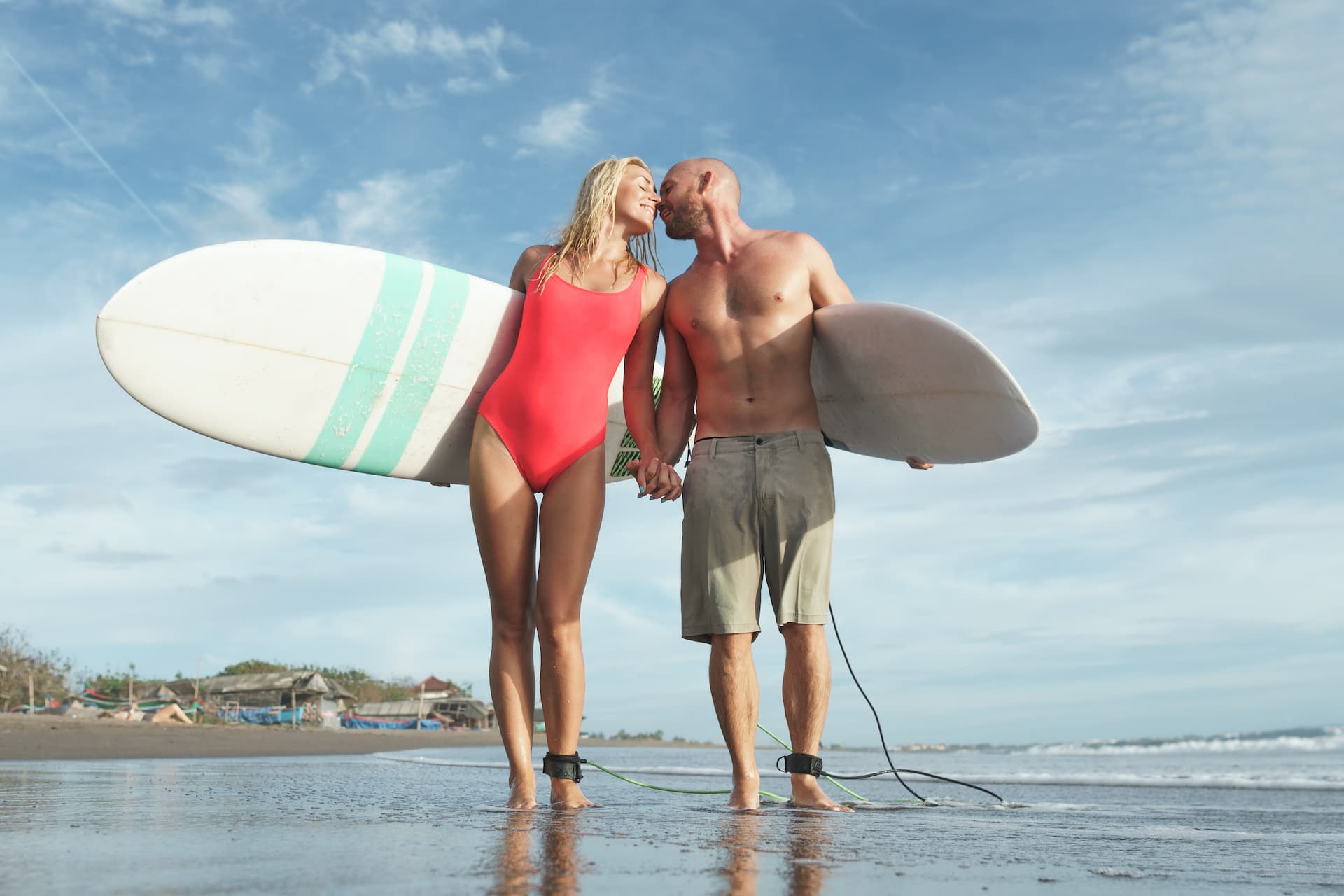
surfing
Welcome to our comprehensive guide to SUP surfing! If you're looking for an exhilarating way to experience the ocean, stand-up paddle (SUP) surfing is an excellent choice. It's a unique water sport that combines surfing, paddling, and balance, giving you a complete body workout while having fun.
SUP surfing is gaining popularity all around the world because of its many benefits. Here are some reasons why you should try SUP surfing:
- Full-body workout: SUP surfing requires strength, balance, and endurance, making it an excellent way to work out your entire body.
- Easy to learn: Unlike traditional surfing, SUP surfing is easy to learn. You don't need to be a skilled surfer to enjoy it.
- Versatility: SUP surfing can be done in different types of water conditions, from calm lakes to choppy seas.
- Relaxation: SUP surfing is a great way to relieve stress and enjoy the beauty of nature.
- Social sport: SUP surfing can be done alone or with friends, making it a great way to socialize and meet new people.
SUP surfing is an excellent water sport that offers fun, fitness, and adventure. Whether you're a beginner or an experienced paddler, our expert tips will help you get the most out of your SUP surfing experience.
Remember to choose the right gear
surf breaks
Welcome to the wonderful world of surf breaks in Portugal! If you're looking for a surfing destination that offers consistent waves, warm weather, and stunning scenery, Portugal should be at the top of your list. With over 800km of coastline and a variety of breaks to choose from.
Portugal is a surfer's paradise that offers a variety of breaks to suit all levels. Whether you're a seasoned pro or a beginner, Portugal has something to offer. From the big waves of Nazaré and Praia do Norte to the charming surf town of Ericeira or Costa da Caparica and the stunning scenery of Sagres, Portugal is a must-visit destination for surfers from around the world.
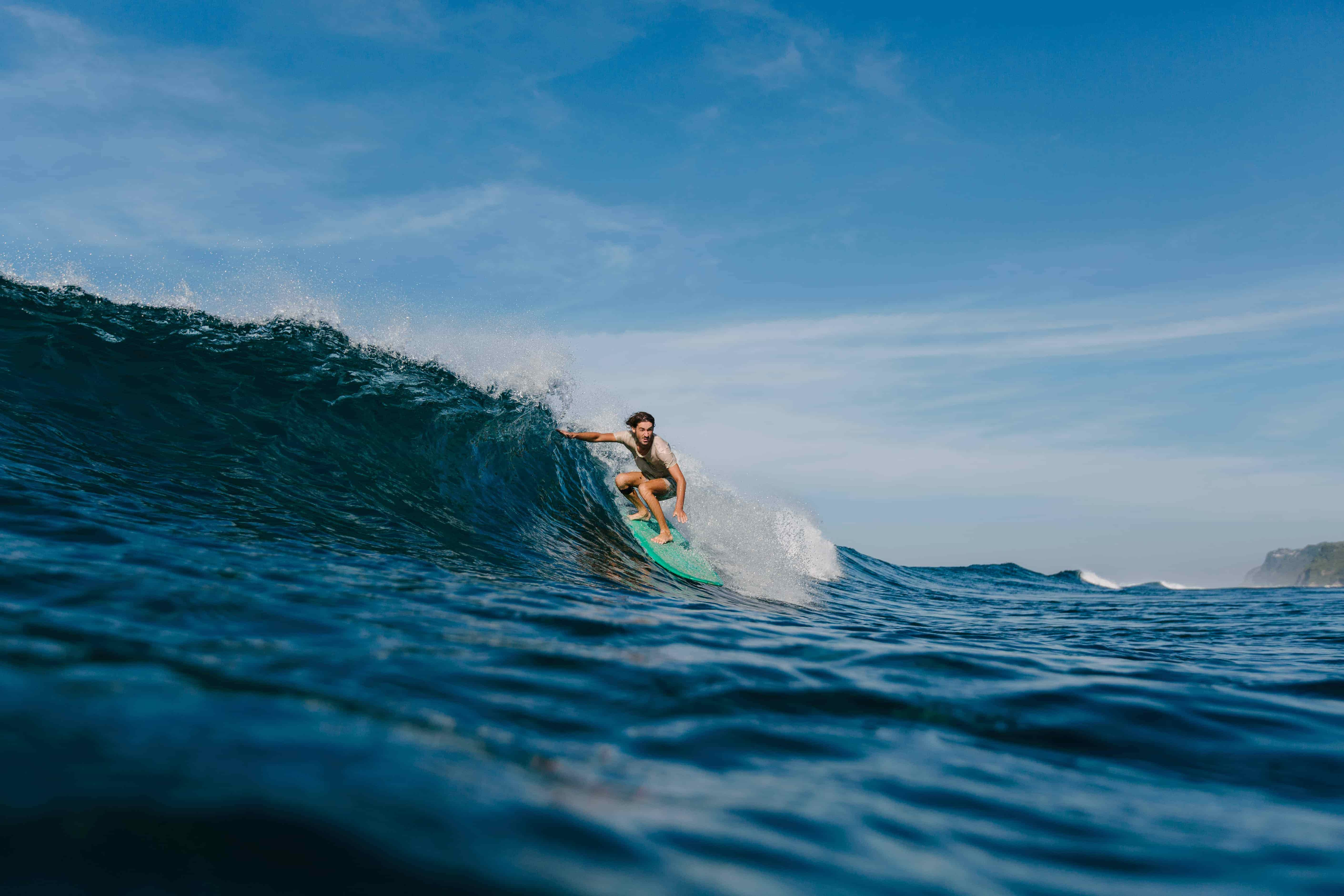
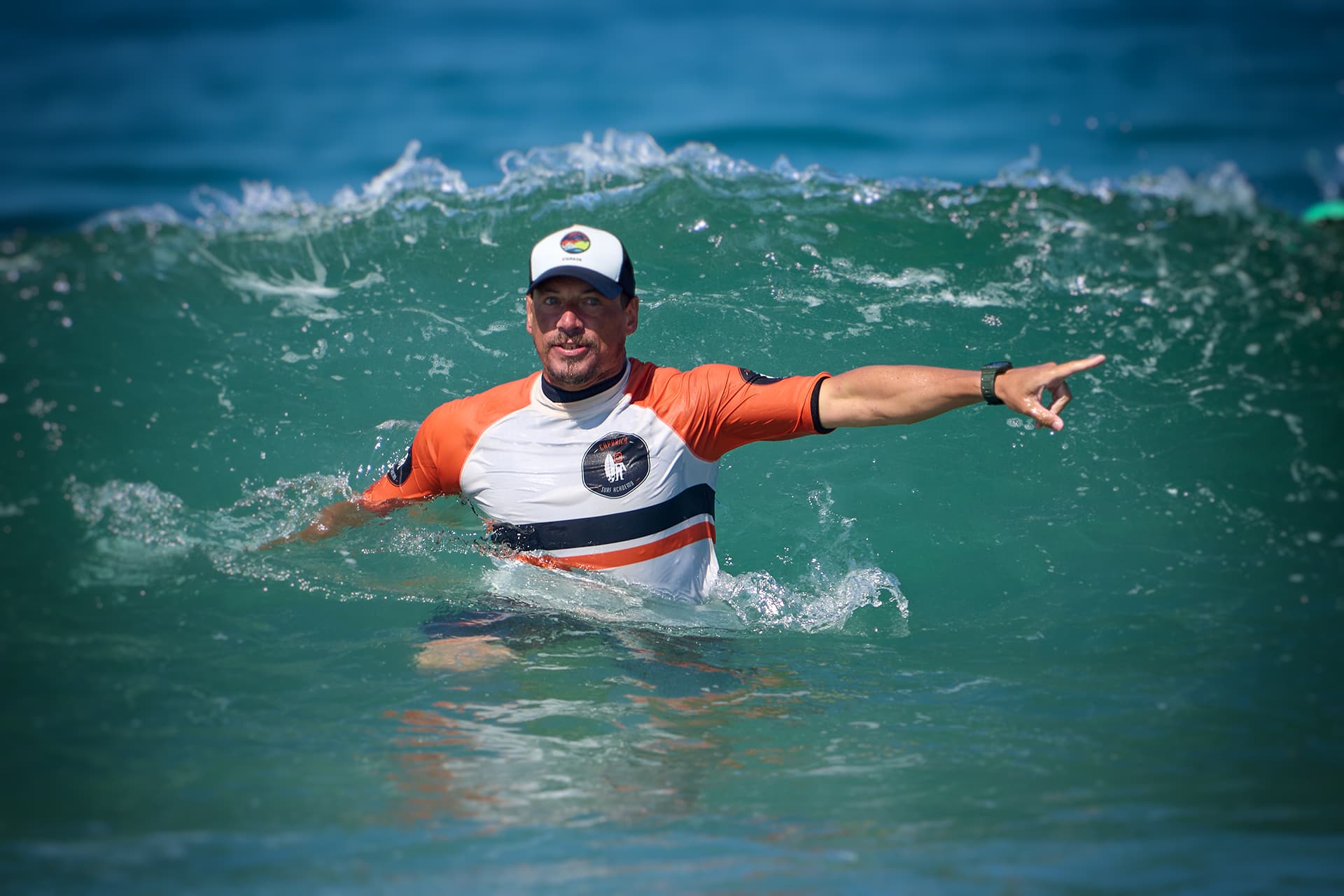
stand up paddling
Are you looking for an exhilarating way to enjoy the great outdoors while also getting a full-body workout? Look no further than stand up paddling! This rapidly growing water sport is the perfect activity for adventurers of all ages and skill levels. In this comprehensive guide, we will cover everything you need to know to become a master of stand up paddling and make the most of your time on the water.
Getting Started with Stand Up Paddling
Stand up paddling, or SUP for short, involves standing on a large, stable board and using a long paddle to propel yourself through the water.
Stand up paddling is a fun, exciting way to stay active and explore the great outdoors. With the right gear and some practice, you'll be a master of the water in no time.
surf culture
Surfing has been around for centuries, and its roots can be traced back to the Polynesians who used it as a means of transportation and fishing. However, it wasn't until the early 20th century that surfing began to gain popularity in the Western world. In the 1950s and 60s, surf culture exploded in California, with surfers developing their own unique style and fashion.
The Beach Boys' hit song "Surfin' USA" in 1963 further propelled surf culture into the mainstream. Today, surf culture has spread across the globe, with surfers in every corner of the world embracing the lifestyle.
The Lifestyle
Surf culture is not just about surfing; it is about the lifestyle that comes with it. Surfing is a way of life that involves a deep connection to the ocean and nature. Surfers are often seen as free-spirited individuals who have a unique outlook on life. They are passionate about the environment, fitness, and wellbeing.
The surf lifestyle is also reflected in fashion. Surf brands have become a staple in the fashion industry, with their beachy, laid-back aesthetic being embraced by people worldwide. From board shorts to wetsuits, surfwear is now considered trendy and fashionable.
The Community
Surf culture has a strong sense of community. Surfers often share a bond that transcends language, culture, and borders. The ocean is a shared space, and surfers understand the importance of respecting it and each other.
Surf competitions are also a big part of the surf community. They bring together surfers from all over the world to showcase their skills and passion for the sport. Surfing events have become a social gathering, where people can connect and share their love for the ocean.
The Future of Surf Culture
Surf culture has come a long way since its inception, and it shows no signs of slowing down. With the rise of social media and the internet, surf culture has become more accessible than ever. Surfing is now considered an Olympic sport, which will only increase its popularity and exposure.
As the world becomes more conscious of the environment, surf culture is at the forefront of promoting sustainability and eco-friendliness. Many surf brands are now focusing on creating products that are environmentally friendly and sustainable.
In conclusion, surf culture is more than just a sport; it is a lifestyle. It encompasses a deep love and respect for the ocean, nature, and community. The surf culture has evolved over time, but its spirit remains the same. Surfing is a sport that brings joy and fulfilment to those who embrace it, and its popularity will only continue to grow.
Surf Lessons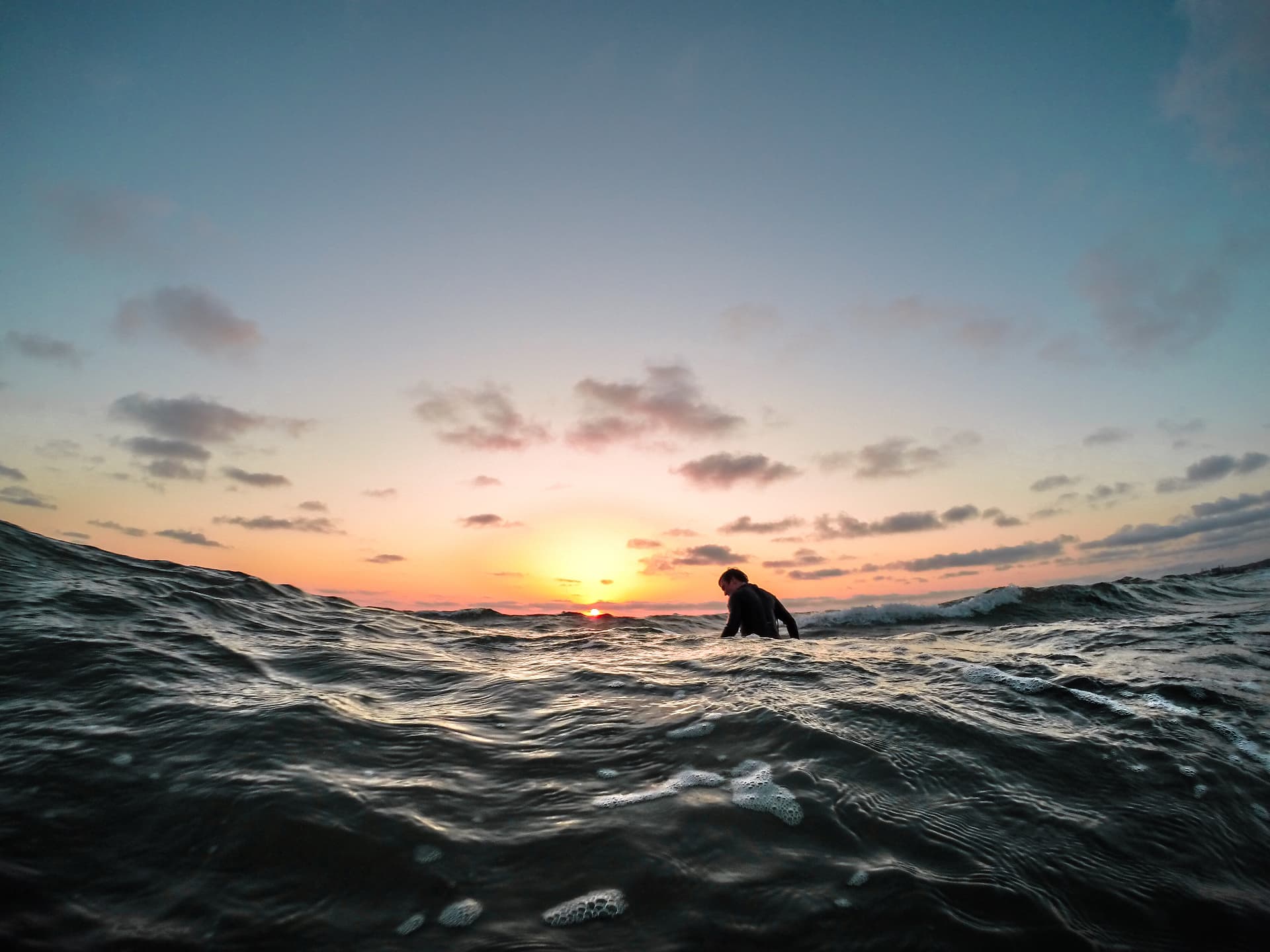
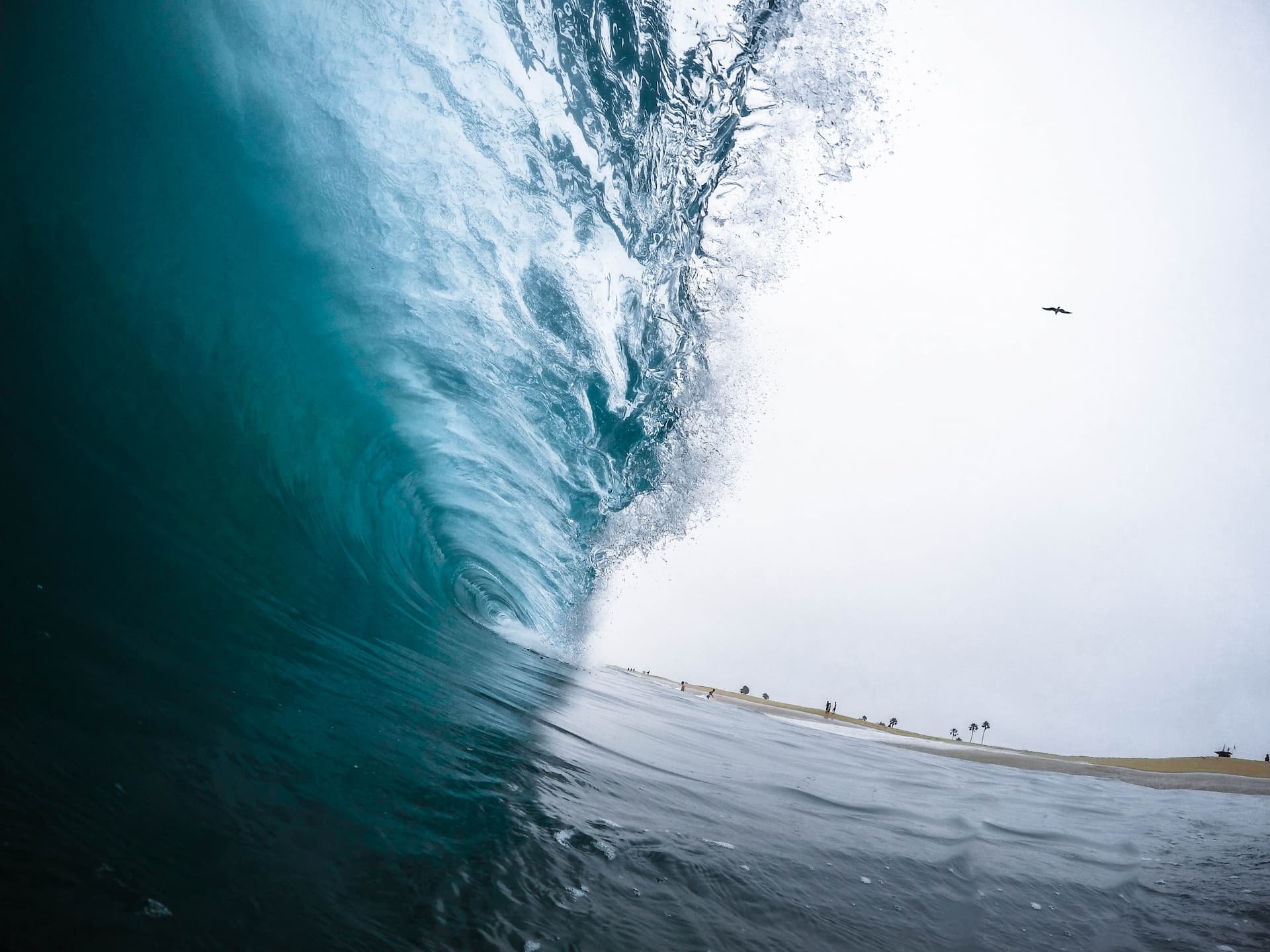
big wave
What are Big Waves?
Big waves are waves that are taller than 20 feet and are formed in the open ocean. They are created by extreme weather conditions such as storms or strong winds. Big waves have been a significant part of surfing culture for many years and have become an attraction for surfers and spectators alike. The allure of big waves lies in the thrill and excitement of riding them, as well as the risk and danger that comes with it.
The History of Big Wave Surfing
The history of big wave surfing can be traced back to the early 1900s when surfers in Hawaii began to ride waves that were bigger than what was previously thought possible. Duke Kahanamoku, known as the "father of modern surfing," is credited with popularizing big wave surfing. In the 1950s and 1960s, surfers in California began to push the limits of big wave surfing, exploring new spots such as Mavericks and Waimea Bay.
In the 1990s, the advent of tow-in surfing revolutionized big wave surfing. Surfers could now be towed into waves that were previously thought to be unrideable, opening up a whole new realm of possibilities for the sport. The tow-in era saw the emergence of big wave surfers such as Laird Hamilton and Dave Kalama, who became household names in the surfing world.
The Danger of Big Wave Surfing
Big wave surfing is not for the faint of heart. The risk and danger involved in riding waves of this magnitude are extreme, and it takes a special kind of person to be able to handle it. Surfers risk injury and even death every time they paddle out into the ocean, making safety and preparation critical components of big wave surfing.
Surfers must be physically and mentally prepared for the challenges that come with big wave surfing. They must have the proper equipment, such as a buoyancy vest, and be trained in water safety and rescue techniques. In addition, surfers must have a deep understanding of the ocean and its patterns, as well as the ability to read and predict wave behavior.
The Future of Big Wave Surfing
Big wave surfing continues to evolve and push the boundaries of what is possible. Surfers are constantly exploring new spots and finding ways to ride bigger and more challenging waves. The rise of technology and the use of drones have also opened up new opportunities for surfers to explore and ride waves that were previously inaccessible.
In conclusion, big wave surfing is a thrilling and exciting sport that requires skill, courage, and preparation. It has a rich history that dates back over a century and has played a significant role in shaping the surfing culture we know today. As the sport continues to evolve, we can expect to see susurfers pushing the limits and riding waves that were once thought to be impossible.
stand up paddleboard (sup)
What is Stand Up Paddleboarding (SUP)?
Stand up paddleboarding, or SUP, is a water sport that involves standing on a board and using a paddle to propel yourself through the water. It's a fun and easy way to explore the outdoors, and it's a great way to stay fit and healthy too.
SUP boards come in a variety of shapes and sizes, from small and agile boards designed for surfing to large and stable boards that are perfect for touring. There are even inflatable SUPs that can be easily transported and stored.
Why Choose SUP?
SUP is a versatile and accessible sport that can be enjoyed by people of all ages and fitness levels. Whether you're looking to paddle on calm lakes or take on the challenge of surfing waves, there's a SUP board and location that's perfect for you.
SUP is a low-impact sport that provides a full-body workout. It's great for building core strength, improving balance and coordination, and increasing cardiovascular fitness.
Getting Started with SUP
If you're new to SUP, there are a few things you'll need to know before you get started. First and foremost, you'll need a board and a paddle. It's important to choose a board that's right for your skill level and the type of paddling you'll be doing.
Beginners should look for a board that's wide and stable, with plenty of volume to provide buoyancy and support. A longer board will also help with stability and tracking. As you become more experienced, you can move to a narrower board that's faster and more maneuverable.
When it comes to paddles, you'll want to choose one that's the right length and weight for your height and strength. A good rule of thumb is to choose a paddle that's 6 to 10 inches taller than you are.
Tips for SUP Success
Once you have your board and paddle, it's time to hit the water. Here are a few tips to help you get started:
- Start in calm, flat water until you feel comfortable standing on your board and paddling.
- Keep your feet parallel and shoulder-width apart for maximum stability.
- Hold your paddle with one hand on the handle and the other hand on the shaft, about shoulder-width apart.
- Use your core muscles to power your stroke, not just your arms.
- Look where you want to go, not down at your feet.
As you become more comfortable with SUP, you can start to explore different locations and types of paddling. From leisurely touring to fast-paced racing and challenging surfing, there's something for everyone in the world of SUP.
Stand up paddleboarding is a fantastic way to stay active and explore the great outdoors. Whether you're a beginner or an experienced paddler, there's always more to learn and new adventures to be had. We hope this guide has given you a solid foundation to build on and inspired you to get out on the water and start paddling.
